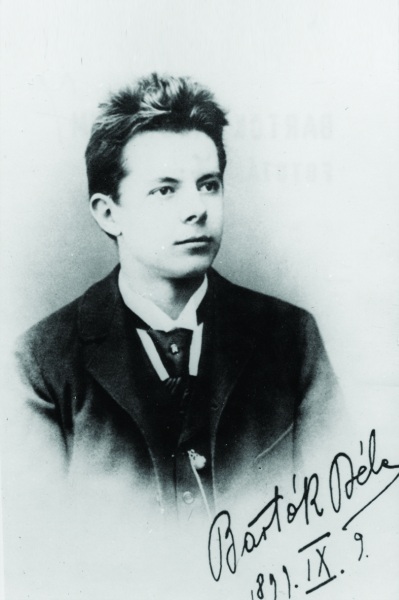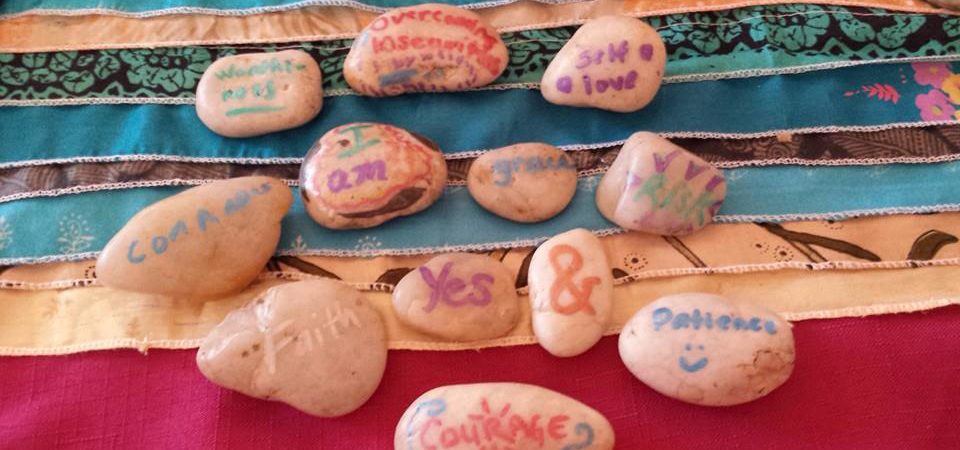Hull House
May 17, 2017Jane Addams was raised in a comfortably well-off family in a farming community. So when, as a child, she first saw that some people in the 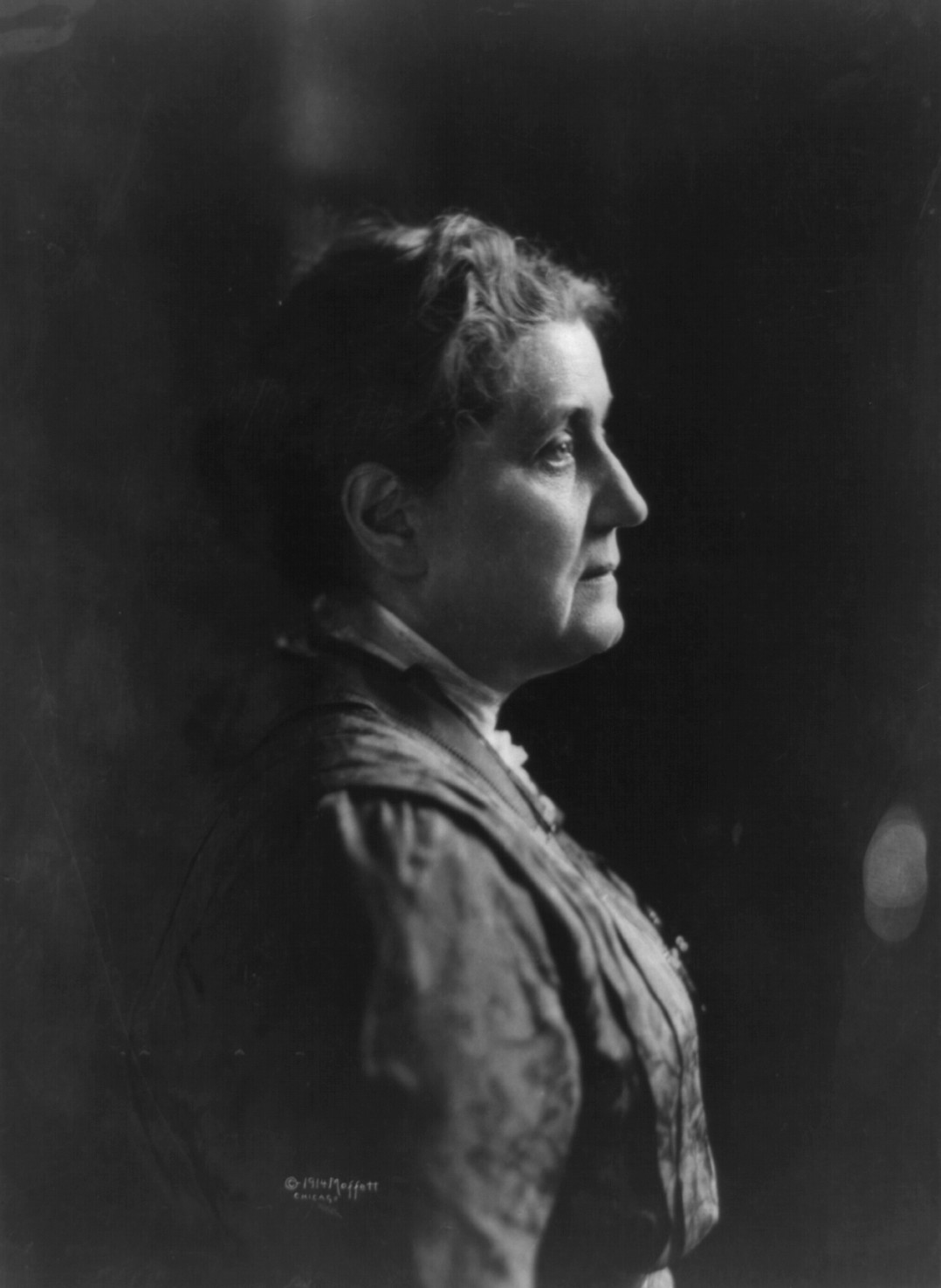 city lived in horrible conditions she was shocked. But instead of wanting to run away, she decided that she wanted to live among those poor people.
city lived in horrible conditions she was shocked. But instead of wanting to run away, she decided that she wanted to live among those poor people.
She grew up to do more than that. In 1889 Jane Addams and her partner Ellen Starr found a big house in an area of Chicago where many recent immigrants lived, often in dirty, crowded conditions of extreme poverty. That house became Hull House, which not only provided a place for 25 women (including Addams and Starr) to live, it also served as a location for people to join clubs, discussions, and activities, as well as take English and citizenship classes, and theater, music, and art classes.
Hull House provided a kindergarten and day care for the children of working mothers, an employment bureau, an art gallery, a museum, and 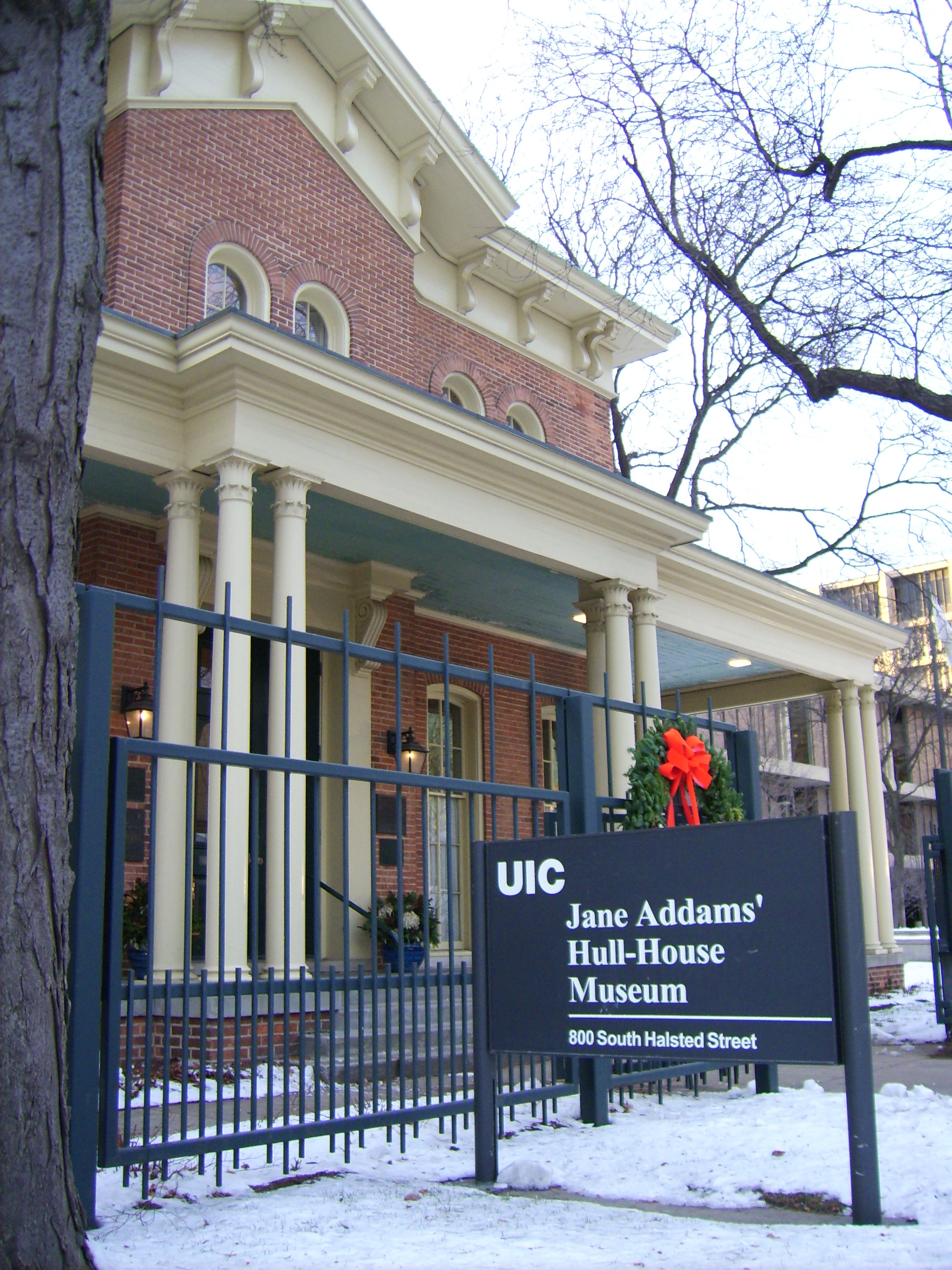 libraries. Those lectures and discussions and classes were places for poor immigrants and wealthier Chicago residents to come together and learn from one another, because Addams strongly believed that people of different social classes had a great deal to teach one another, and that we all are better off when people come together.
libraries. Those lectures and discussions and classes were places for poor immigrants and wealthier Chicago residents to come together and learn from one another, because Addams strongly believed that people of different social classes had a great deal to teach one another, and that we all are better off when people come together.
Learn more by visiting The Jane Addams Hull-House Museum online.
A Creative Life
April 7, 2017Béla Bartók was a Hungarian pianist and composer who added a great deal to our world through his creativity. He started playing piano as a tiny child, and knew 40 songs by the time he was four—and gave his first public recital , including an original composition he’d written two year earlier, when he was eleven.
Bartók went on to become a famous composer who not only wrote his own music, but also went out around the countryside gathering folk music, which he often worked into his compositions. While he was collecting music from the Székely people in Transylvania he learned about Unitarianism.
He liked the idea of a creative religion that was less about following rules and more about connecting with all aspects of life. He eventually joined a Unitarian church in Hungary, and attended with his son.
With the rise of a fascist government in Hungary and the approach of the Second World War, Bartók fled to the United States. He was safe there, but felt lonely and disconnected from his homeland, and it was hard for him to continue to write music. But when he was diagnosed with leukemia and knew that he did not have very long to live, his creative energy returned in a burst and his last compositions are often considered his greatest.
To learn more about Bartók and listen to some of his music, visit the NPR story, “Béla Bartók: Finding a Voice Through Folk Music”
Music: Béla – Evening in the village
Here is one of Bartók’s compositions, titled “Evening in the Village.” The tune comes from a folksong, which is called the “ancient Székely anthem.” The pictures in the video were almost all taken in Transylvania, where Bartók discovered Unitarianism. (The one with the gate was taken in Máriabesnyő, a famous shrine in the outskirts of Budapest.)
Your Body is Your Body
February 2, 2017The chorus of this song by Peter Alsop is “My body’s nobody’s body but mine. You’ve got your own body, let me run mine!” It’s a good little bit of song to keep in your head for times when someone else seems to think that your body should look or act a different way than what is right for you.
All Bodies Need Care
February 2, 2017Clara Barton learned in the Universalist church she was raised in that God is love, and that all lives are precious. As she grew up she took those lessons seriously, recognizing that we are called to care for people’s bodies, not just their souls.
Clara Barton became a teacher, but when the Civil War broke out she was horrified to learn that food and medical supplies weren’t getting to the soldiers, and that many suffered and even died for lack of food, water, and treatment for their injuries.
Although people at the time didn’t think women were strong enough to handle being in the midst of war, Clara raised money for supplies, and snuck in at midnight to a battlefield in Virginia, where she set about cooking food and treating the injured. She even learned how to remove a bullet from a person using just a pen knife!
Clara Barton cared for soldiers from both sides at 14 battle sites. And when the war was over, she was the person who founded the American Red Cross, bringing to the United States the idea of an organization that would care for all people in a crisis, restoring safety and health to bodies.
Something New
January 3, 2017This month, try something new that you’ve never tried before! This can be something big or something small, but it should be something that is new to you. Here are some ideas:
- Try a new kind of food, especially a new fruit or vegetable.
- Learn how to say some words in a new language.
- Make a new friend or sit with a new person at the lunch table.
- Play a sport you’ve never played before.
- Listen to a different kind of music, or music from another part of the world.
- Learn about how children live in other cultures. There are many organizations that will match people up with pen pals in other countries. (Kids, ask your parents for help with this!)
- Learn the names of your mailman, grocery clerk, school crossing guard, or others who help you every day. You might even give them a thank you card to show them you appreciate them.
Ways to Wait
November 30, 2016It’s easy to get impatient when waiting for something exciting. Whether it’s waiting just a few minutes for school to end, waiting till dinner for your favorite meal, or waiting several days, weeks or even months for a special event, trip or holiday, it can be hard not to get impatient. (“Only 287 days till my birthday!” Sound familiar?)
When we’re impatient, our bodies and feelings might give us some clues. Some people notice they are breathing faster. Maybe you find your hands are balled up into fists, or you are using your pen to drum on the table. Maybe you can’t stop bouncing up and down on the balls of your feet or walking around the room. You might feel like you are in a big hurry, or get nervous.
These are all normal when we are waiting for something exciting or important, and sometimes waiting can be fun. But sometimes, we also wait for hard things, like news from a doctor or veterinarian about a loved one or pet who’s sick. And sometimes, we want to just relax!
Patience is kind of like a muscle, and we have to exercise it in order for waiting to be something we are good at doing. If you are feeling anxious about waiting or impatient, or if you want to practice for the next time you need to wait for something, here are eight tools you can practice and take with you for when waiting gets difficult.
-
Look up at the sky and imagine shapes in the clouds.
-
Smile at a friend or family member, or go and talk to them while you wait.
-
Count the number of freckles on your arm, leaves on the ground, change in your pocket . . . count whatever you like! It keeps your mind busy. You could also name (out loud or in your head) as many details of what you see in front of you, or the names of all the United States presidents that you know. What’s important is that you are giving your brain something different to think about.
-
Sing a song (out loud or in your head)
-
Making up a story, either by yourself or with friends.
-
Take ten slow easy breaths. For every breath, think of something you are grateful for.
-
Remember a favorite memory, and try to picture it in your head like a snapshot. What are all the details of the image?
-
Remember your five senses. What can you see and hear? Where are you standing or sitting? Feel the seat or ground below you, or touch what’s nearby is (if it’s safe to do so). Take a deep breath and stick out your tongue. Are there any smells or tastes where you are?
(These suggestions, adapted from A Fine Parent blog, are useful for folks of all ages who’d like to exercise their patience muscles. )
Meditation is another tool that can help us handle those in-between times when waiting is hard. And children as well as adults can benefit from this practice. Through meditation, kids as well as adults can better focus and be present in their lives, which can sometimes make waiting easier.
The Father of Christmas
November 30, 2016This month we celebrate Charles Dickens, British Unitarian, and author of A Christmas Carol. When Dickens wrote A Christmas Carol in 1843, many Christmas traditions had almost died out, and the holiday was hardly celebrated. England was becoming more and more industrial, and people leaving farms to work in factories had left their old customs behind.
But the story, which was wildly popular, brought enthusiasm back to the cities for practices like singing Christmas carols and feasting on special foods. The picture of the Cratchit family celebrating their Christmas together inspired people to find a way to celebrate Christmas in the cities, and the change of heart which comes to Ebeneezer Scrooge reminded people that Christmas was traditionally a time when the wealthy folk shared with the poorer people.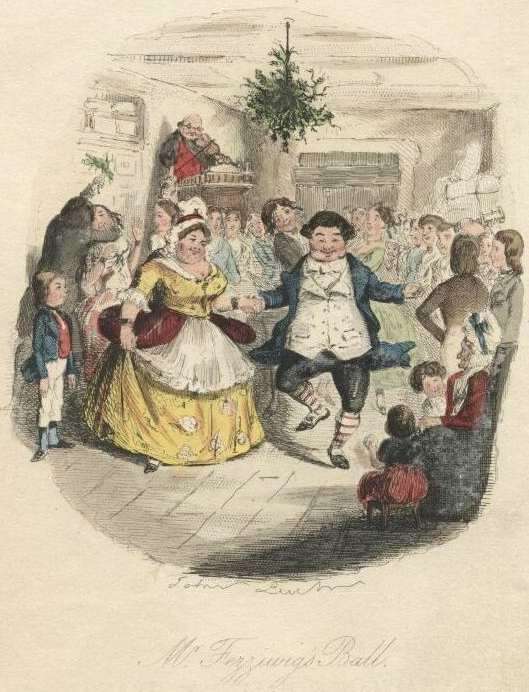
In fact, Dickens was very concerned with the conditions of poor people in England at a time when the gap between the rich and the poor was getting wider and wider. Many of his books deal with this theme, and he became a Unitarian because, as he said, they “would do something for human improvement if they could; and practice charity and toleration.”
Interested in learning more about Charles Dickens, our religious ancestor? Here are a few additional resources:
A 2005 UU World article, “Ebenezer Scrooge’s Conversion,” by Michael Timko, describes how Charles Dickens’s story, A Christmas Carol, exemplified 19th-century Unitarianism.
In the Tapestry of Faith children’s religious education curriculum Windows and Mirrors, Session 13 (Images of Injustice) addresses Charles Dickens, his work and his dedication to improving the lives of the poorest English workers and their families. From the introduction to the lesson:
As Unitarian Universalists, we do not turn away from noticing the gaps that separate “haves” from “have nots.” To work against inequity, we know we first have to see it. Unitarian Charles Dickens saw it. Born poor, he later earned a living as a writer and joined a more comfortable economic class. Dickens used colorful character portraits and complex, often humorous plots, to expose tragic inequities in 19th-century British society. He showed that people at opposite ends of an economic spectrum belong to the same “we,” united by our common humanity and destiny—a lesson which resounds with our contemporary Unitarian Universalist Principles.
The website Charles Dickens online has well as the Dictionary of Unitarian and Universalist Biography offer biographical information and many other resources.
More than Words
November 8, 2016A lot of times, prayer can seem like something that is done with words and thoughts rather than action. For people who like to use their hands or bodies, it can sometimes be hard to connect to the idea of prayer, and this is doubly true when we are praying with or as children. But around the world, in many cultures and faith, there are prayers that are made with our bodies, with movement or by creating something with our hands. Read more →
Renew Your Membership
We invite you to join your fellow CLFers to renew your CLF membership and stewardship of the CLF for another year.
Support the CLF
Can you give $5 or more to sustain the ministries of the Church of the Larger Fellowship?
Newsletter Signup
About
Quest for Meaning is a program of the Church of the Larger Fellowship (CLF).
As a Unitarian Universalist congregation with no geographical boundary, the CLF creates global spiritual community, rooted in profound love, which cultivates wonder, imagination, and the courage to act.
Contact
Church of the Larger Fellowship Unitarian Universalist (CLFUU)
24 Farnsworth Street
Boston MA 02210

